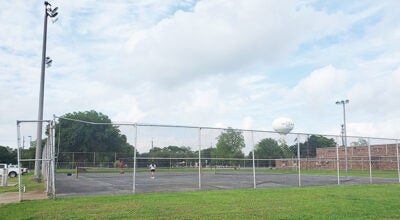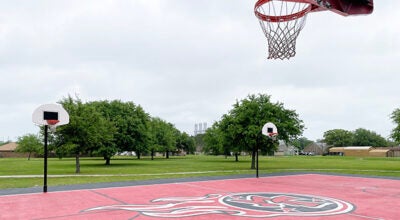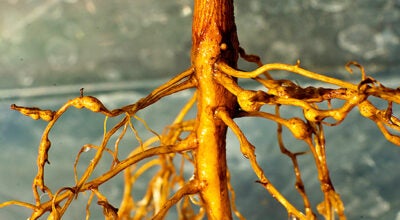Water clarity impacts fishing
Published 9:43 pm Wednesday, October 5, 2016
A recent discussion on the impacts of all of the water Sabine Lake has received this year led me to question the overall greatest impact.
The low salinity levels are an obvious one because of the sheer volume of water coming down the Sabine and Neches, especially during the late spring and early summer. Low salinity moves speckled trout from the northern reaches of an ecosystem to the southern and can even change fishing at the jetties and short rigs as huge pockets of freshwater enter the Gulf of Mexico.
I am in fact working on a story of how flooding conditions along with other factors might be responsible for a kill of several acres of the Flower Gardens Reef, the world’s northernmost coral reef that is located about 125 miles out of Galveston.
An impact that is looked over however is water clarity. We have touched on it some this year but it deserves a full column as we enter the fall fishing season.
The floods obviously stained the water from tea-colored to more milk chocolate but all throughout the year we have had a lot of rain to the north, west and east sides of the lake and of course on the lake itself.
That has caused constant run-off, which has affected different parts of the ecosystem in different ways.
Speckled trout and flounder in particular do not bite well in murky conditions.
Someone fishing Sabine Lake who grew up in Florida might think our conditions are always murky but local anglers know the difference between our “clear” water and when it is turbid.
This makes fishing with soft plastic lures more challenging and at the very least causes anglers to switch colors. When conditions are clear colors like salt and pepper, clear and glow can produce limits but the murkier, it gets the more hot pink and chartreuse work.
Tides, currents and wind also have an impact on clarity and if anglers pay close attention, they can see a difference in fishing.
I have seen the ship channel south of the causeway be dead an outgoing tide with murky water but turn on toward the end of an incoming tide when just a tad clearer water came in from the Gulf.
As the flounder action intensifies on the eastern shoreline of Sabine Lake and in Bessie Heights Marsh, looking for clearer patches of water will help anglers.
I do not think the fish go looking for clear water but instead the clear water makes it easier for them to feed and might in fact stimulate some natural feeding reaction.
Redfish are not as beholden to clear water and there has been big redfish catches in the Sabine River in the last week as well as the marshes on the east side of the lake.
Bull redfish often bite best in murky conditions in the surf and I have caught them in water at the jetties that caused me to leave my trout lures in the tackle box.
Anglers who fish certain location will know the typical water clarity and make adjustments accordingly.
If your stretch of shoreline is a little off you might want to make that shrimp imitation you’re fishing hot pink instead of clear and rig it on a popping cork to add some sound to attract the specks.
For flounder adding a small piece of shrimp to the hook can go a long way in getting a few more bites in off-colored water.
Remember the water does not have to be super muddy to change the way fish bite and they will respond differently in different areas.
By tuning into subtle changes in water conditions you can score on more fish on Sabine Lake and in surrounding waters.
•
(To contact Chester Moore, e-mail him at chester@kingdomzoo.com. You can hear him on “Moore Outdoors” Fridays from 6-7 p.m. on Newstalk AM 560 KLVI or online at www.klvi.com.)





